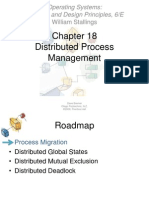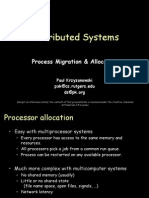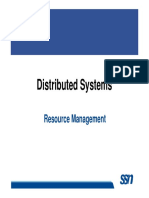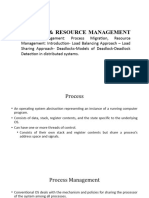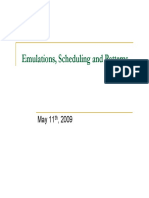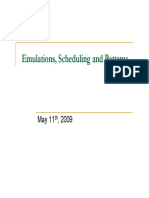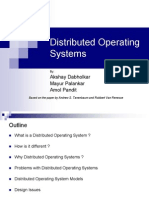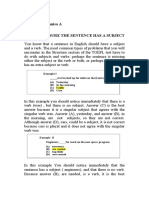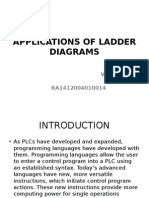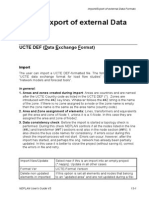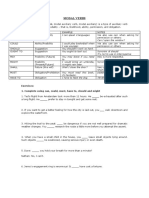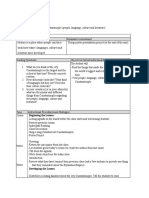0% found this document useful (0 votes)
35 views69 pagesChapter 6 Distributed System Management
Uploaded by
rajand2510Copyright
© © All Rights Reserved
We take content rights seriously. If you suspect this is your content, claim it here.
Available Formats
Download as PPT, PDF, TXT or read online on Scribd
0% found this document useful (0 votes)
35 views69 pagesChapter 6 Distributed System Management
Uploaded by
rajand2510Copyright
© © All Rights Reserved
We take content rights seriously. If you suspect this is your content, claim it here.
Available Formats
Download as PPT, PDF, TXT or read online on Scribd
/ 69








